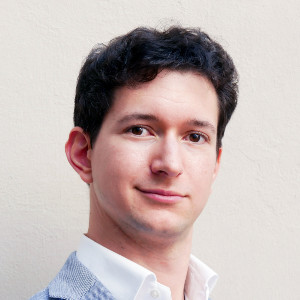Hello, dear members of preplounge!
Recently I have been asked a question to evaluate the quantity of sewerage hatchways in London. Fortunately, it wasn't at the interview because I got confused.
How would you begin? What will be the starting point for calculations? The length of the streets? The population?
Thank you!














